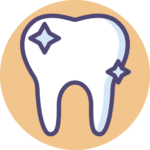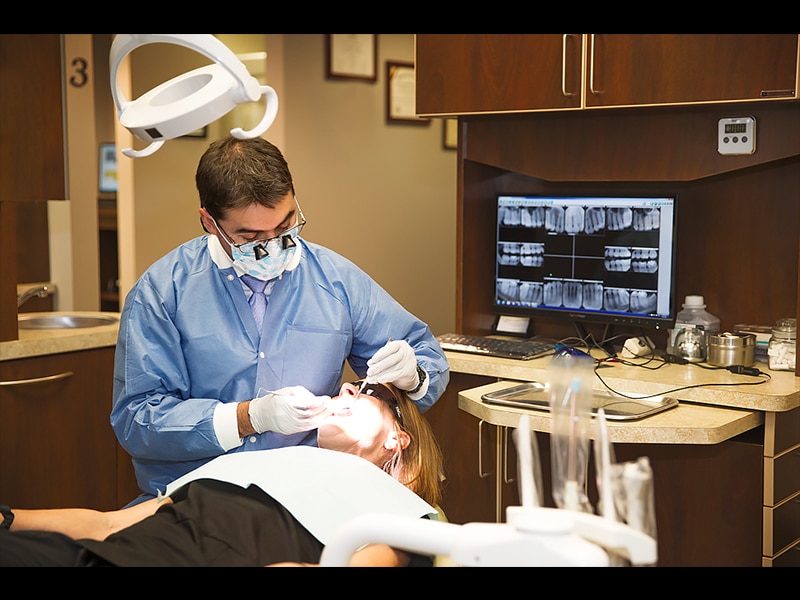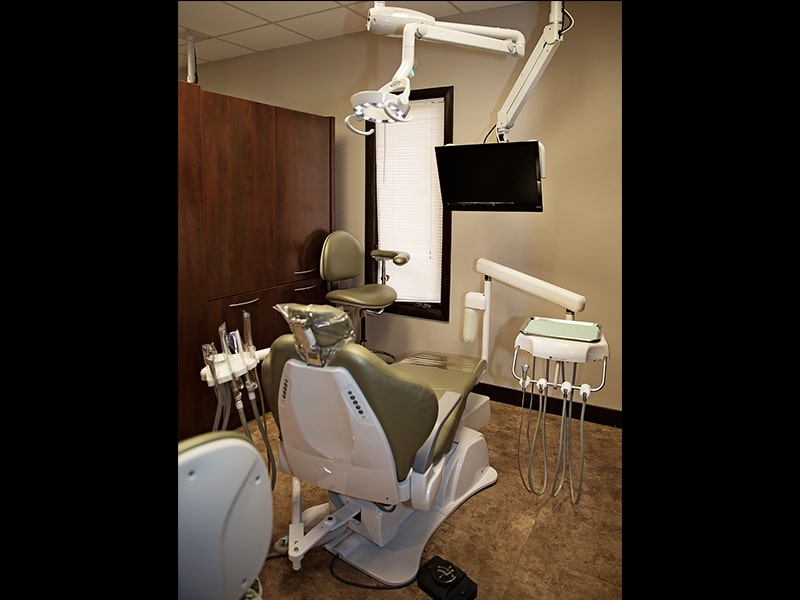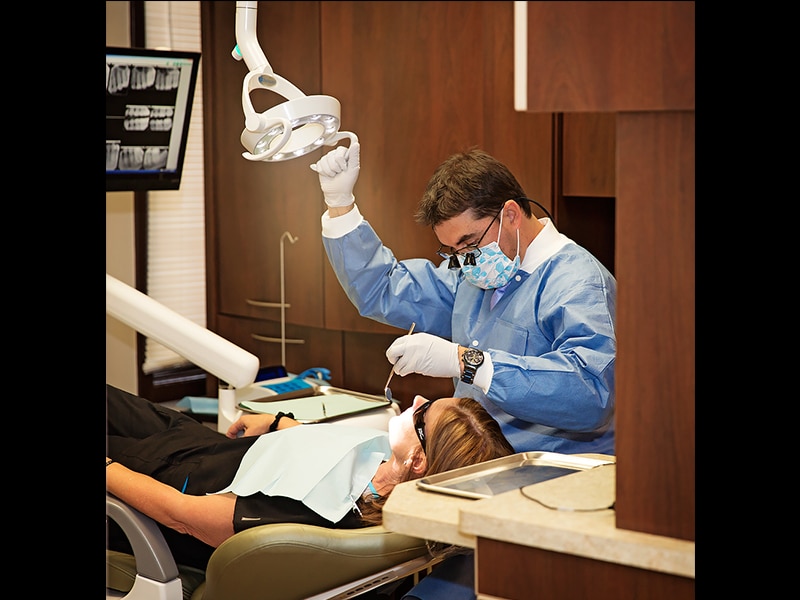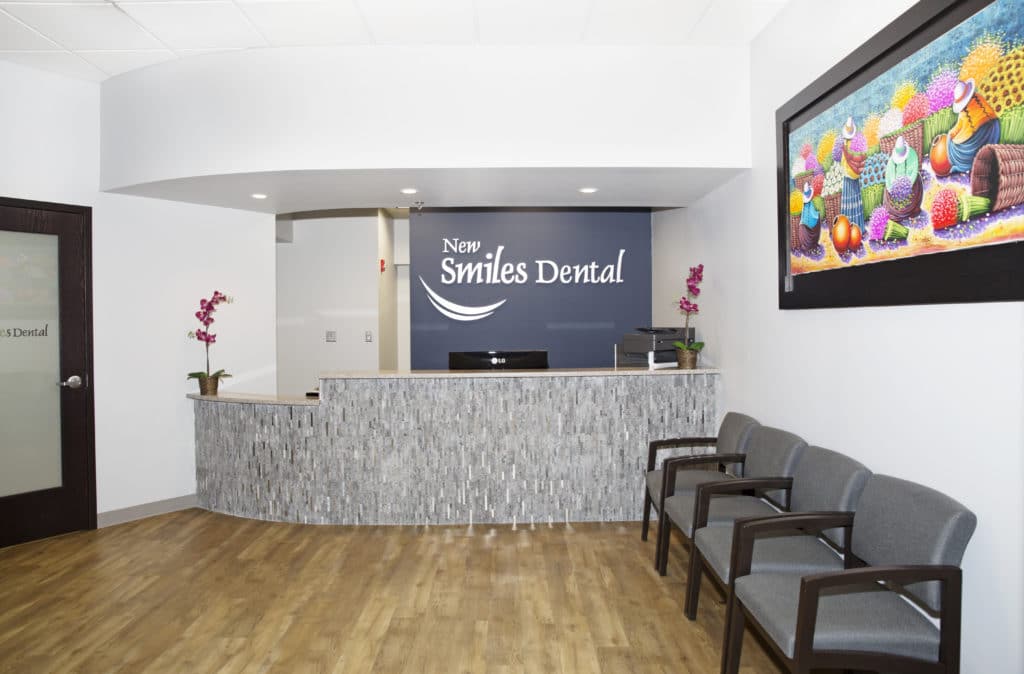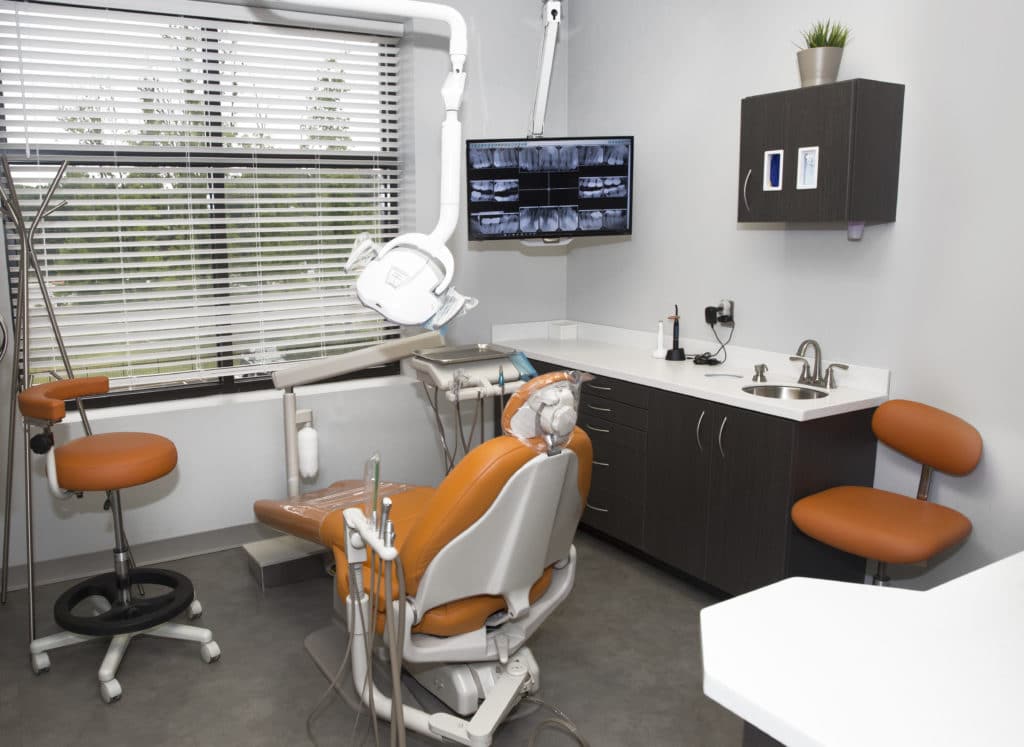The end of the year is fast approaching, and for many, that means dental benefits are set to expire. Each year, countless patients miss out on essential dental care simply because they don’t fully utilize their dental insurance benefits before they reset. Dental insurance plans are typically designed to encourage routine care, and failing to take advantage of them can mean leaving money on the table while potentially compromising your oral health. By understanding how to maximize your dental benefits before the year ends, you can protect your smile, your wallet, and your overall health.
Understanding Your Dental Insurance Coverage
Most dental insurance plans operate on an annual cycle. This means that benefits, including cleanings, exams, and sometimes more complex procedures, are covered for the calendar year. However, come January 1st, these benefits reset. If you haven’t used your allocated coverage, it doesn’t roll over. Therefore, it’s essential to understand what your plan covers and ensure you take full advantage before the year ends.
Many insurance plans offer a variety of preventive services—like cleanings and exams—at no additional out-of-pocket cost. These services are often fully covered because they play a crucial role in maintaining good oral health and preventing more serious dental problems in the future. Additionally, most plans include an annual maximum, which is the highest amount the insurance company will pay for your dental care within a year. If you’re nearing this limit or haven’t used much of your benefits, now is the time to consider scheduling any needed treatments.
Prioritizing Preventive Care
Preventive care is the foundation of good oral health, and it’s usually the easiest way to take advantage of your dental benefits. Routine cleanings and exams allow your dentist to identify potential issues before they become more severe. Early detection of problems such as cavities or gum disease can save you from undergoing more extensive and costly procedures later on. Many plans cover two cleanings per year, so if you’ve only had one, schedule your second before the year ends.
Regular exams also provide an opportunity for X-rays, which can detect issues that may not be visible during a routine cleaning. Your dentist can spot developing problems, such as bone loss or hidden cavities, that may require attention before they worsen. If your insurance covers X-rays, ensure you’re getting them as part of your preventive care. It’s better to address these problems while they’re still manageable and less invasive.
Completing Necessary Treatments
If you’ve been putting off dental treatment due to time, financial concerns, or uncertainty, now is the ideal time to complete those procedures before your benefits reset. From fillings and crowns to root canals and periodontal care, delaying necessary treatments can result in more significant oral health issues in the future, potentially increasing the cost of care. By acting now, you can maximize your insurance benefits while avoiding the need for emergency care later.
Additionally, if you’ve reached your deductible or are nearing your annual maximum, consider scheduling more extensive treatments like dental implants, bridges, or even cosmetic work. Many patients find that spreading out larger treatments over the course of two calendar years allows them to maximize their coverage. This means you can start treatment before the year ends and continue it in the new year to optimize your insurance benefits.
Consider Flexible Spending Accounts (FSA) and Health Savings Accounts (HSA)
If your employer offers a Flexible Spending Account (FSA) or Health Savings Account (HSA), remember that these funds can often be used for dental care. FSAs, in particular, usually come with a “use it or lose it” policy, meaning any remaining funds will be forfeited at the end of the year. Check your balance and see if there are any dental treatments or preventive care appointments you can schedule to use up these funds before they expire.
It’s also essential to recognize that FSAs and HSAs cover more than just routine dental care. You can use these funds for orthodontics, crowns, bridges, and even some cosmetic procedures like teeth whitening. Maximizing these accounts, along with your dental insurance, is a smart way to cover any out-of-pocket expenses you may incur for more complex treatments.
Plan for Next Year’s Benefits
As you prepare to take advantage of your dental benefits this year, it’s also a good idea to start planning for next year. Evaluate how well you utilized your benefits in the current year and consider whether you might need to adjust your plan during the upcoming open enrollment period. If you found that you required more dental work than your plan covered or paid out of pocket for certain procedures, it might be worth considering a plan with a higher annual maximum or additional coverage options.
By planning, you can better ensure that your dental needs are met next year without added stress or unexpected expenses. Many dental offices will work with you to create a treatment plan that aligns with your insurance coverage, helping you maximize your benefits without incurring excessive costs.
As the year draws to a close, don’t let your dental benefits slip away. Proactively managing your dental care allows you to maintain a healthy smile while maximizing the coverage you’re entitled to. Scheduling necessary treatments now can save you from future issues and make the most of both your insurance benefits and any flexible spending or health savings accounts.
At New Smiles Dental, we’re committed to helping you maintain excellent oral health. Schedule your appointment today to ensure you take full advantage of your dental benefits before they expire. Your smile is worth it!
